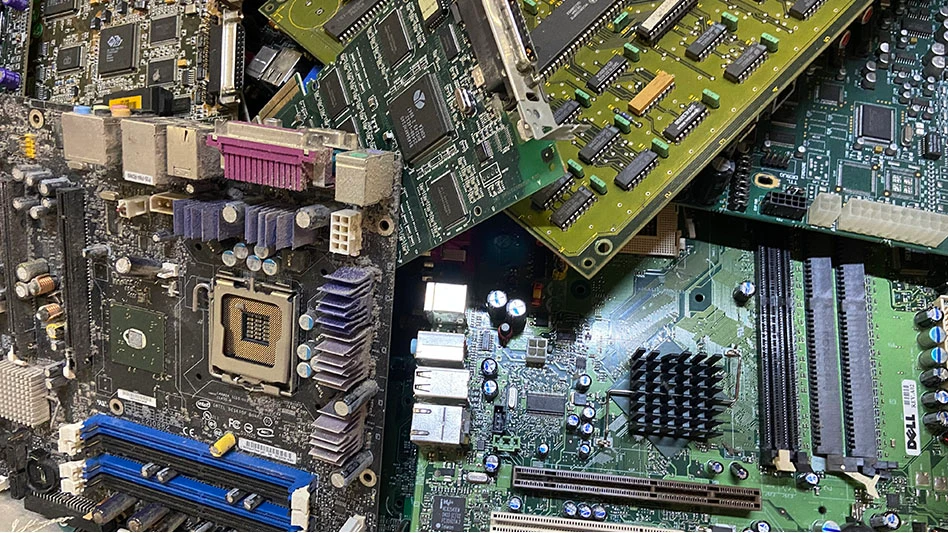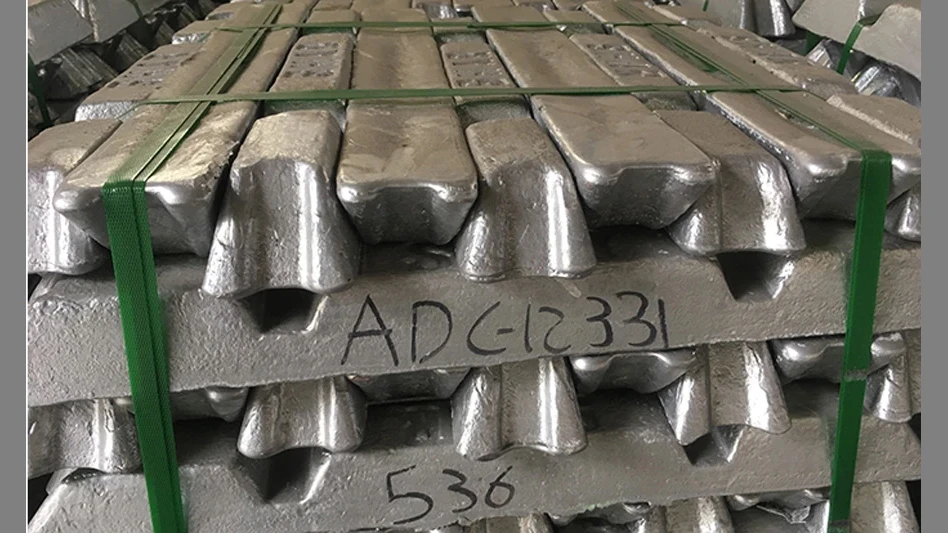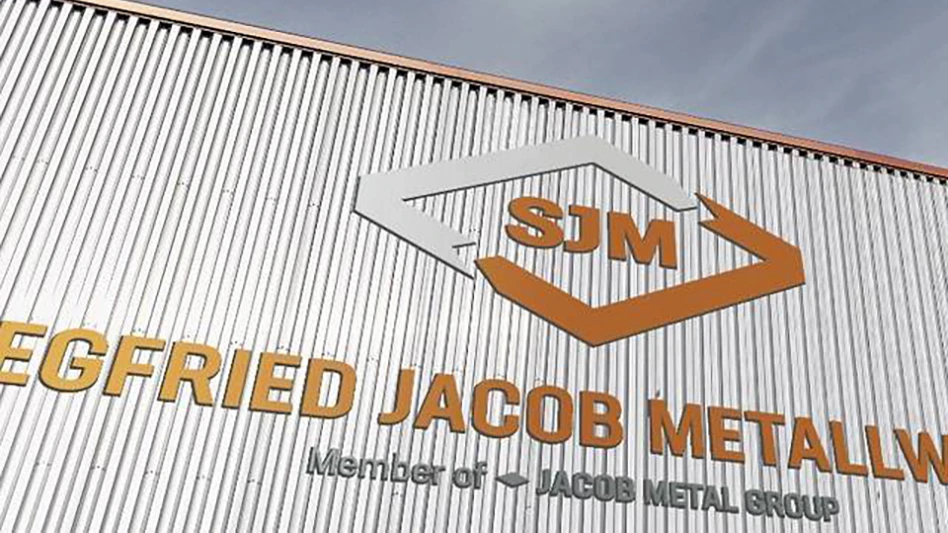
Photo courtesy of Novelis
The Aluminum Association, Washington, has released a report that shows positive environmental impact trendlines over the last 25 years for the U.S. aluminum industry. The “U.S. Aluminum Industry Sector Snapshot” focuses on seven key environmental issue areas: air, energy, greenhouse gas emissions, land management, water, waste and aluminum scrap use. In nearly every area, the U.S. aluminum industry has reduced its impact significantly since the 1990s. These positive environmental trends are attributable to performance improvements and the transition from primary metal to significantly more recycled material.
“The U.S. aluminum industry has made considerable strides reducing its environmental impact since the 1990s,” Tom Dobbins, president and CEO of the Aluminum Association, says. “Notably, aluminum producers have done so while demand for the metal has grown by more than 25 percent domestically. Aluminum is incredibly sustainable in the use phase – making cars and trucks more energy-efficient, buildings greener and packaging more recyclable. But the industry is also firmly committed to doing what it can on the production side to reduce its impact.”
Data in the report come from public reporting by the Environmental Protection Agency (EPA) and is modeled after the EPA’s own “Smart Sector” snapshots.
The information focuses exclusively on U.S. facilities involved in producing alumina as well as the production and recycling of aluminum and its semifabricated products.
According to the report, the industry’s total air emissions reported to the EPA decreased by 65 percent from 1996 to 2019, while energy use dropped 55 percent from 1998 to 2018. Greenhouse gas (GHG) emissions declined by nearly 60 percent between 2005 and 2018. Additionally, U.S. manufacturers increased their use of aluminum scrap by more than 25 percent between 1993 and 2018.
The association says aluminum produced in North America is among the cleanest in the world because of a heavy reliance on renewable hydropower electricity generation. Over the past 40 years, the industry has cut the intensity of GHG emissions from primary production by more than half while doubling the amount of aluminum collected for recycling, the report notes.
In addition to using inert anode technology to eliminate direct GHG emissions in primary production, firms also are working to increase aluminum recycling in manufacturing by entering into partnerships to recover and recycle aluminum, the association notes. Aluminum recyclers have reduced aluminum loss and solid waste generation using new technologies to extract more metal from dross and salt cake, residues of recycling processes.
In a virtual press roundtable that was part of the Aluminum Association Spring Meeting from April 12-15, Dobbins said, “The next big debate in Congress will be around potentially transformative infrastructure investment. We recognize there are a ton of details to be worked out and debates to be had, but speaking at a high level, aluminum is an essential part of this conversation. Our metal is used widely in the electric grid, solar panels, electric vehicle charging stations and buildings of all kinds. Infrastructure investment also provides a once-in-a-generation opportunity to modernize the nation’s recycling system—another key part of building resilient aluminum supply chains in the U.S.”
Aluminum Association Chair Marco Palmieri, senior vice president and chief integration officer of Atlanta-based Novelis North America, said even with the environmental gains the industry has made, the greenest aluminum is aluminum made with recycled content. “All of the companies that play in that market, we are working hard to develop new alloys that can use more recycled aluminum and less primary metal. We work with our customers to get there.”
Palmieri said the industry is developing technologies to sort scrap “because that will improve our ability to use different types of scraps.” He added that recycling is “a top goal” for the U.S. aluminum industry.
Dobbins said more than 80 percent of U.S. aluminum production is recycled metal, up from 20 percent in the 1980s.
He said the industry is working to get back more postconsumer scrap. “Our biggest challenge is because of our longevity, we end up being in place for longer,” he said of aluminum in building applications.
Later this year, the Aluminum Association plans to release a new life cycle assessment report (last updated in 2014) tracking the environmental impact of producing a unit of aluminum product in North America in several different markets. This is part of a suite of sustainability research and reporting the association produces on an ongoing basis in other markets, including packaging, automotive and building and construction.
The Aluminum Association says it advocates for policies including well-designed container deposit laws, recycling infrastructure investment, energy efficiency and advanced manufacturing research and other policies to ensure sustainable growth for U.S. aluminum.
Get curated news on YOUR industry.
Enter your email to receive our newsletters.
Latest from Recycling Today
- RMDAS prices portray November stability
- Toyota, GM announce plant investments
- Greenwave reports loss, seeks to maintain Nasdaq listing
- ERI, ReElement Technologies partnership targets rare earth elements
- Aduro Clean Technologies achieves third-party validation for its technology
- Sortera Technologies receives funding for Tennessee aluminum sorting facility
- EU official backs aluminum scrap export restrictions
- Midwest freight rail shippers to meet next January







